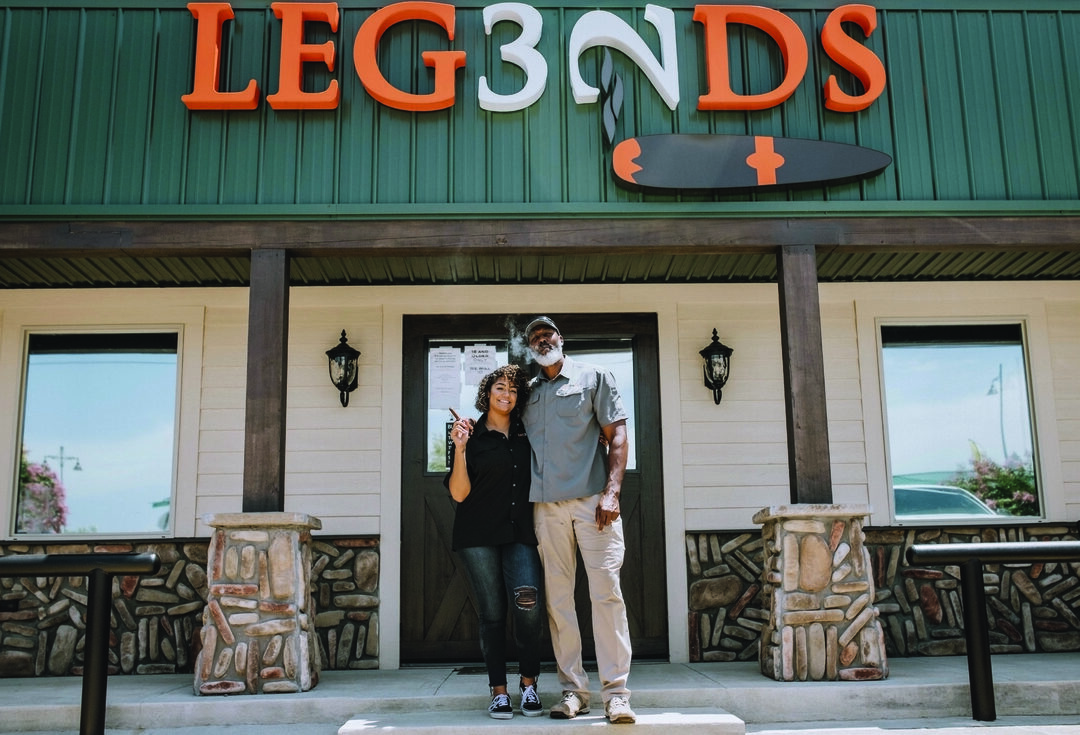
2 minute read
Editor's Letter
The Absurd State of Combustible Leaf Regulation
“Marijuana never killed anyone!” is the exuberant, oft-repeated rallying cry of the exploding cannabis industry that continues to simultaneously pursue— state-by-state—legalized medical use, decriminalization, and now with increasing fervor, recreational use.
Advertisement
Contrast that to the federal government’s conclusion that “there is no safe level of smoking [tobacco].”
We won’t attempt to debate the merits or morality of the fast-changing public mindset on cannabis which, by the way, remains a Schedule 1 narcotic at the federal level, rendering state-sanctioned recreational use viable due only to a lack of enforcement. This industry—estimated at $10 billion in the U.S. last year for all legal medical and recreational use—is a strange exercise in shaky foundations.
One needs look no further than the Trump administration’s recent Cuban trade policy reversals—dashing the hopes of many businesses that jumped into that void—to note that nothing is ever etched in stone. But even for a White House that has deep-rooted trouble deciding what its policies are when looking beyond its core base, the mixed signals over cannabis can best be decoded by reading between the lines: cannabis is huge, it’s generating jobs, and it’s good for the economy. That should clear up any misconceptions as to whether it is likely to find itself tossed onto the pile of Obama-era reversals, or quietly allowed to prosper despite what would otherwise seem to be an Achilles heal to the GOP, much less hard-line conservatives.
What we will debate is the absurd state of regulation when it comes to smoking tobacco versus smoking cannabis. For multi-generational tobacco businesses struggling to map out a future wherein the FDA has literally stated its desire to wipe tobacco out for good, the mainstream rise of cannabis and the increasingly bizarre playing field is getting very personal.
Apparently, there are no conclusive studies that smoking marijuana is as harmful as tobacco, but marijuana smoke does contain many of the same chemicals as tobacco smoke, ones the FDA has deemed carcinogenic. And there are a wide range of other impacts which would certainly seem to compel the FDA to zero in on public health concerns. If it weren’t still trying to figure out how to regulate tobacco, that is.
New York City councilman Republican Peter Koo precisely captured the irony recently at a recent city hearing about New York state’s potential legalization of socalled recreational marijuana use when he pondered, “We’re trying to stop people from smoking all kinds of things. Why do you want to legalize marijuana?”
Such is current state of the nation. Small producers of hand made cigars and traditional pipe tobaccos are hanging on for dear life in face of FDA regulations which, if implemented as outlined, would render their business virtually inviable.
And never even mind the chaos surrounding the mad rush to embrace cannabis’s non-psychoactive miracle component, CBD, which is also illegal when derived from marijuana but not considered a controlled substance if derived from hemp, a type of cannabis that that’s low in the psychoactive compound THC and was legalized—more or less—in December. Yet, all CBD is regulated by the FDA, and authorized only for use in two approved drugs.
That hasn’t stopped multiple industries from incorporating CBD into food, drinks, and personal care items. Some states are now scrambling to legalize it after the fact, and businesses are crying foul for the “unfair” enforcement of longstanding laws. It’s enough to make any traditional tobacco farmer, hand-rolled cigar maker, or fourth generation tobacconist’s head spin.










